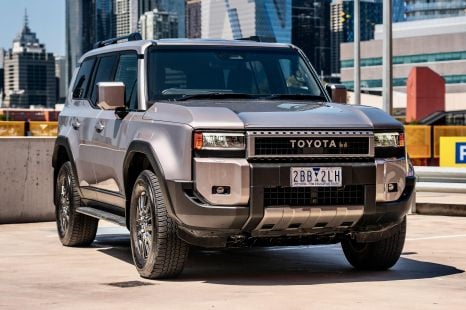

Max Davies
2025 Toyota Prado GXL review
2 Months Ago

Managing Editor
The Ineos Grenadier won’t be available in Australia with autonomous emergency braking (AEB) due to lack of “market demand”, despite the fact the potentially life-saving safety technology is being mandated.
That’s because Ineos Automotive has received an exemption from the federal government regulation on the basis the British-designed, French-built wagon and dual-cab utility range is designed primarily for off-road use.
To comply with similar legislation there, all Ineos Grenadiers sold in Europe are fitted as standard with AEB, as well as other safety features including lane departure warning, driver drowsiness detection, and traffic sign recognition.
Hundreds of new car deals are available through CarExpert right now. Get the experts on your side and score a great deal. Browse now.
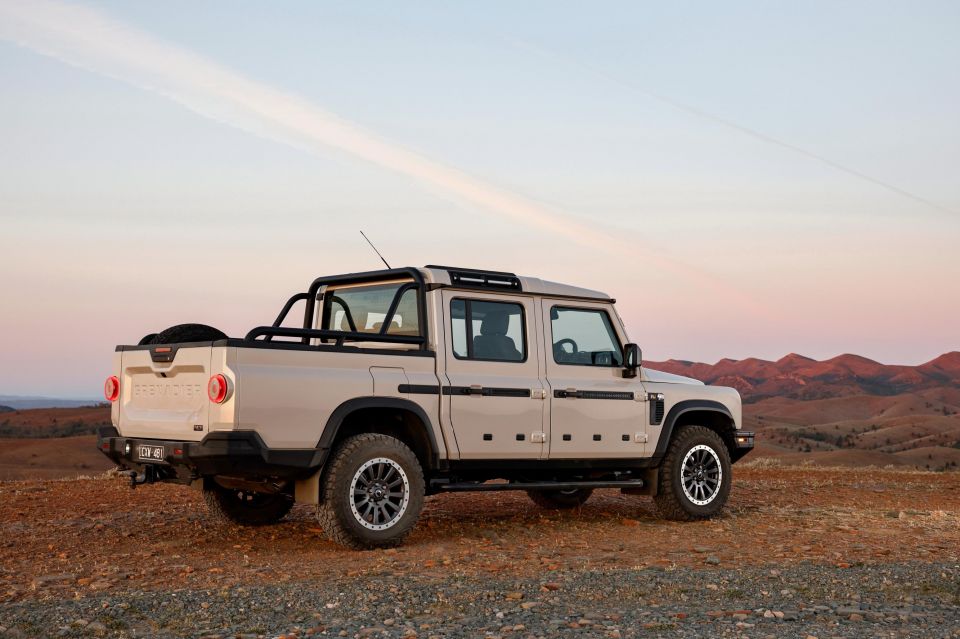
However, the Grenadier isn’t available with AEB or any other advanced safety technologies such as lane-keep assist or blind-spot monitoring in Australia, and Ineos Automotive says local customers don’t want automated braking technology in their vehicles.
Furthermore, it says market demand will dictate whether AEB will become available for the Land Rover Defender-inspired off-road model range here in future.
“The Ineos Grenadier range will not be affected by the upcoming ADR 97/00 regulations,” said the company in a statement to CarExpert.
“Exemptions are available based on specific vehicle classification and this includes the Australian-homologated Ineos Grenadier, a specialist 4×4, reinforcing our commitment to delivering the ultimate vehicle to 4×4 enthusiasts who appreciate a back-to-basics, driver-centric approach.
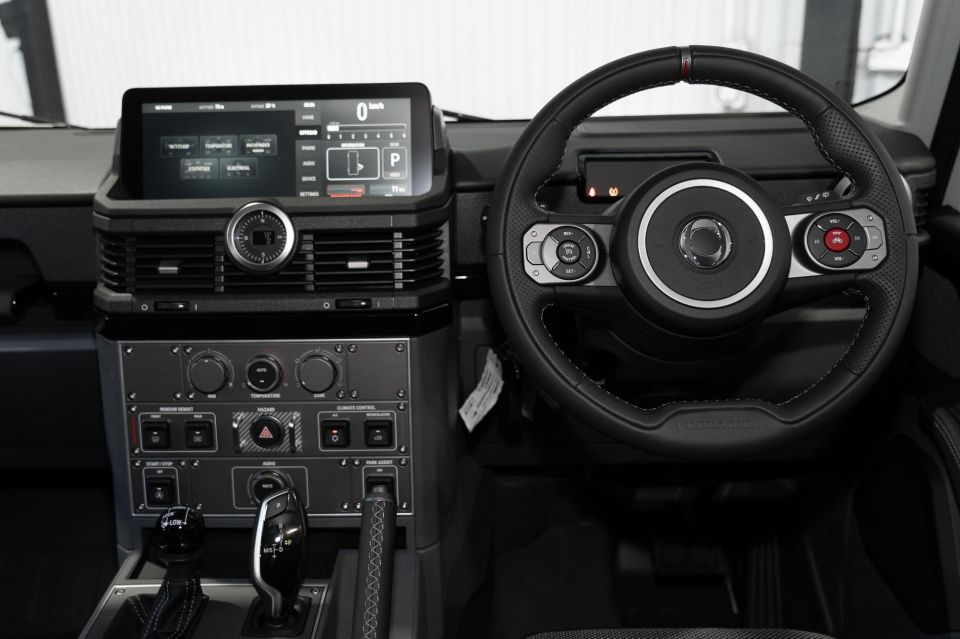
“Ineos Automotive built the Grenadier to be analogue, nevertheless, we recognised the trend of ADAS systems across global markets and introduced (MY24) GSR1 equipment as mandated in global markets and will continue to develop these features in future, as necessary.
“In Australia at present, this category of vehicle does not have a high demand for this technology. We remain open to the possibility of adding it to our local program in future, however, this will be led by market demand.
“We continue to carefully review our active customer feedback alongside all government requirements to ensure we provide the most compelling and compliant vehicle.”
Ineos Automotive’s local chief Justin Hocevar previously indicated that AEB would become available at least as an option for the Grenadier in Australia, where standard safety equipment extends to anti-lock brakes (ABS), electronic traction control, electronic stability assist, Downhill Assist, Trailer Stability Assist and six airbags.
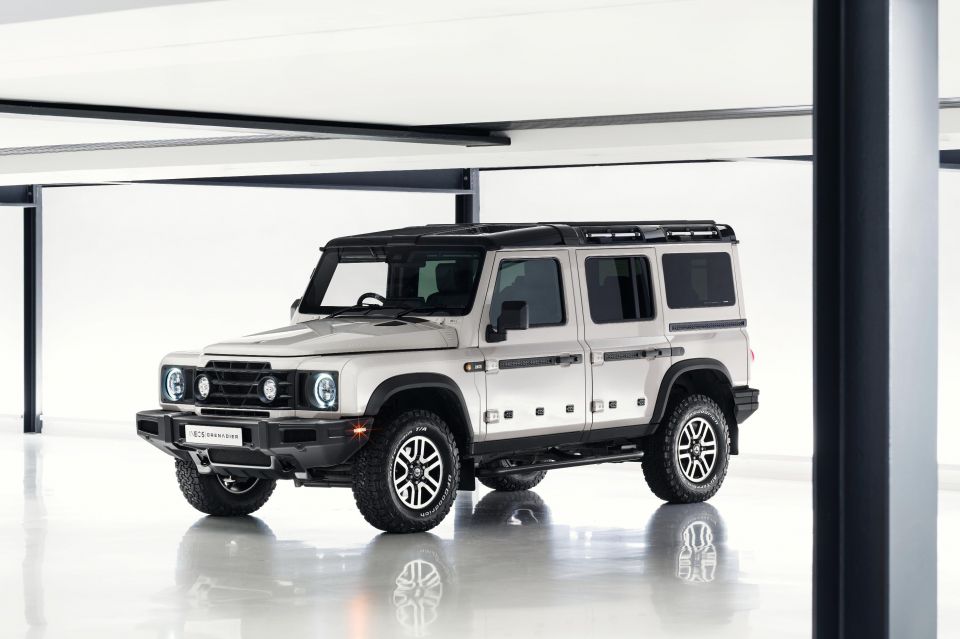
From February 1, 2025, Australian Design Rule 97/00 requires AEB to be fitted to all light trucks including the Ineos Grenadier, which is officially classed as a ‘medium goods’ or NB1 vehicle, except those “designed for off-road use” (meeting criteria including the fitment of four-wheel drive, a differential lock and the capability to climb a 25 per cent gradient).
Other off-roaders including the Toyota LandCruiser 70 Series meet this criteria but still come fitted with AEB.
However, Toyota had the LC70 reclassified from a light goods vehicle to medium goods vehicle in 2022 by way of a gross vehicle mass (GVM) upgrade, in order to make it exempt from another ADR related to side-impact crash protection.
ADR 97/00 should not be confused with ADR 98/00, which requires AEB to be fitted in all newly introduced models from March 1, 2023 and all models on sale from March 1, 2025.
It will be followed by an additional design rule (ADR 98/01) mandating AEB with pedestrian detection for all new vehicles sold from August 1, 2026.
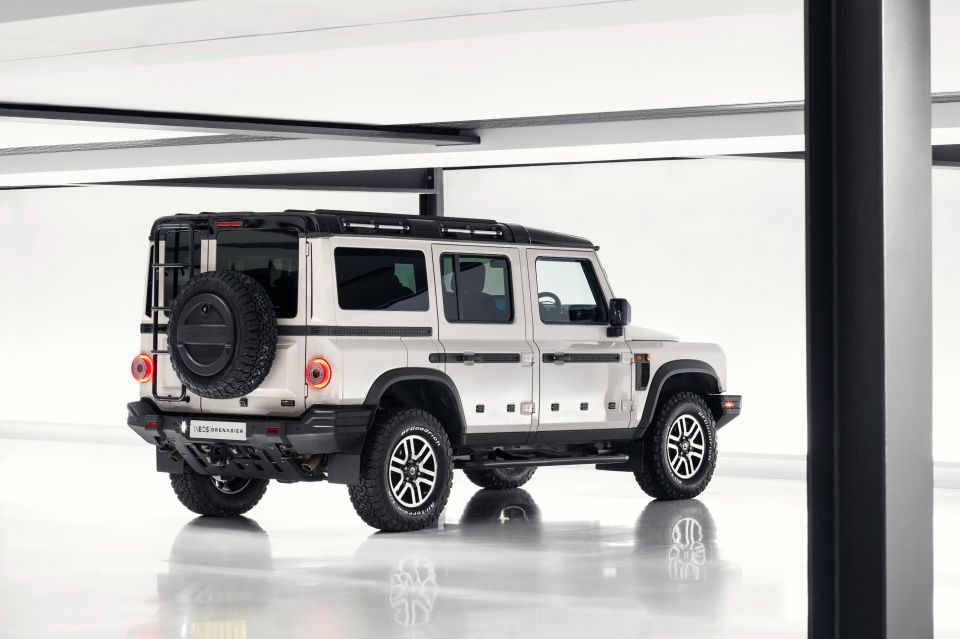
ADR 98/00 and 98/01 apply to all MA, MB, MC and NA category vehicles – in other words, all passenger vehicles, SUVs and vans, as well as utes with a gross vehicle mass of under 3.5 tonnes – and came into effect for all new vehicles sold in Europe since July 2024.
As we’ve reported, the new AEB regulations have killed off multiple models in Australia. The new ADR has already led Suzuki to axe the Ignis, which doesn’t have any form of AEB.
Other vehicles have had to be axed not because they lack AEB but because their systems don’t meet specific requirements outlined in the regulation. These include the Toyota Granvia, Mazda 6, and Mitsubishi Pajero Sport and Eclipse Cross.
Where expert car reviews meet expert car buying – CarExpert gives you trusted advice, personalised service and real savings on your next new car.


Max Davies
2 Months Ago
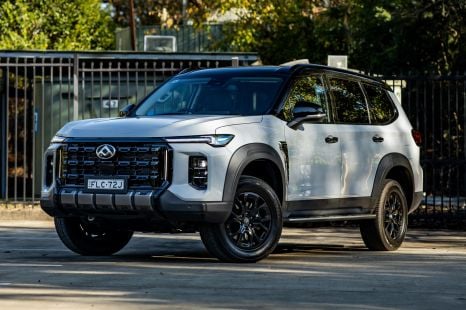

Matt Campbell
2 Months Ago
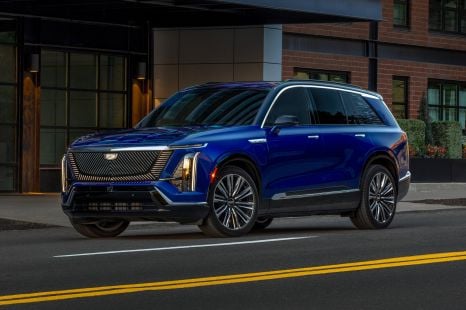

William Stopford
2 Months Ago
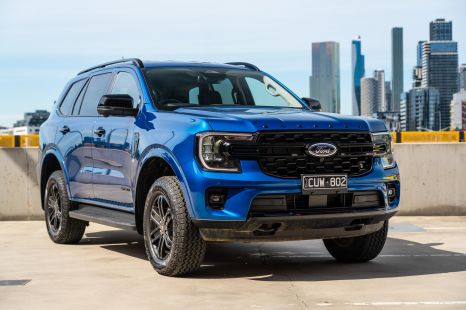

Josh Nevett
2 Months Ago
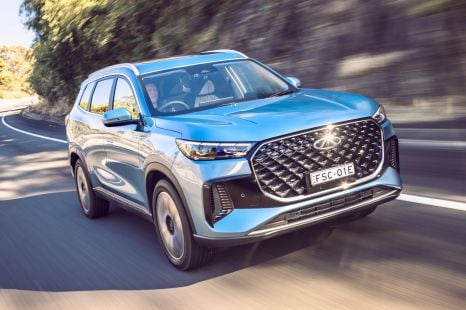

Max Davies
29 Days Ago
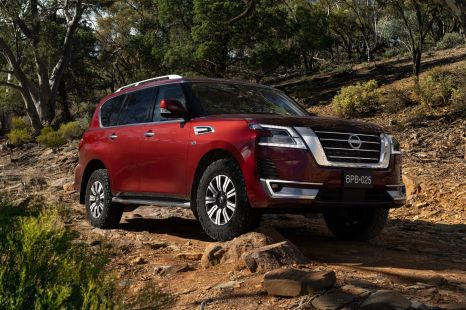

CarExpert.com.au
17 Days Ago